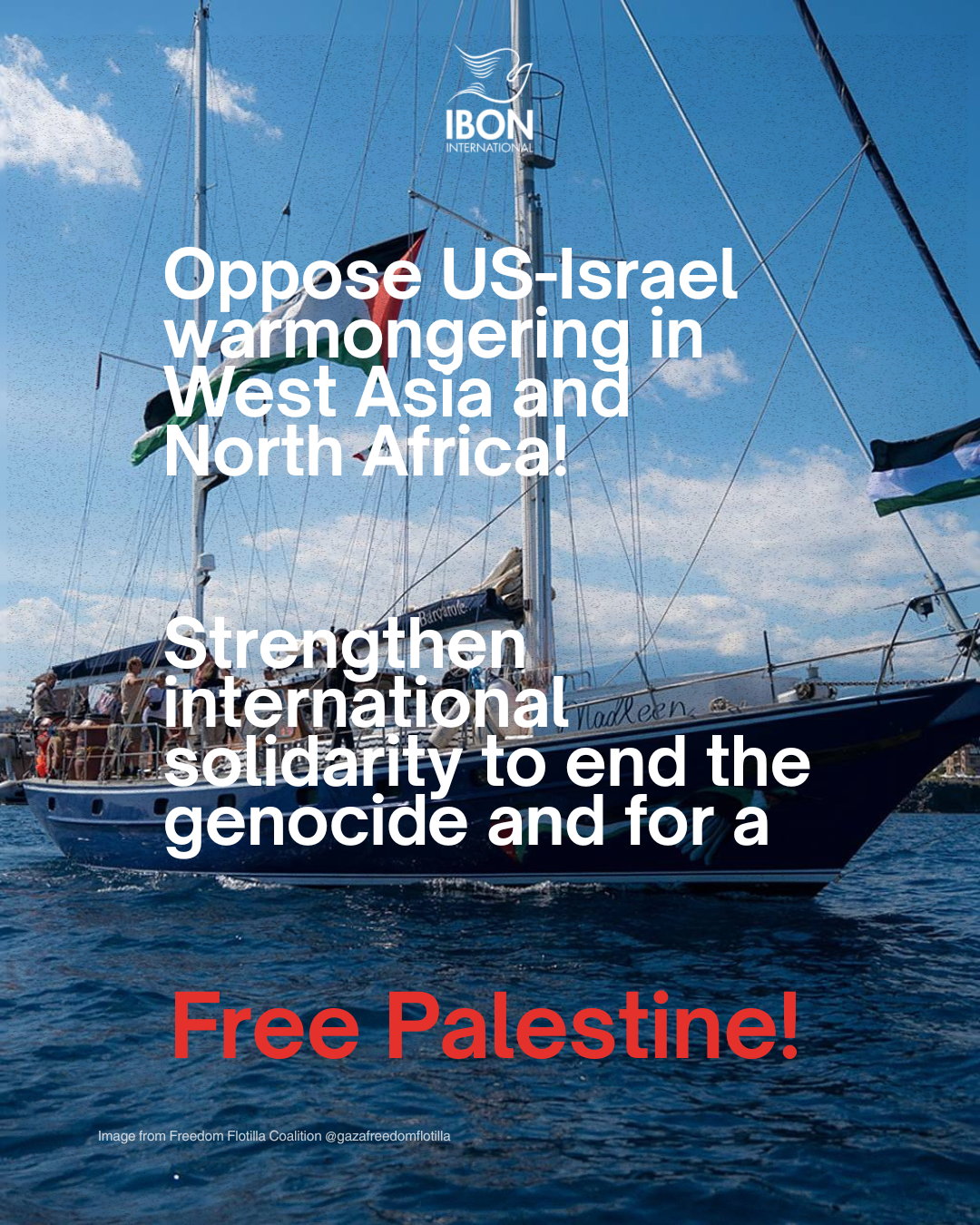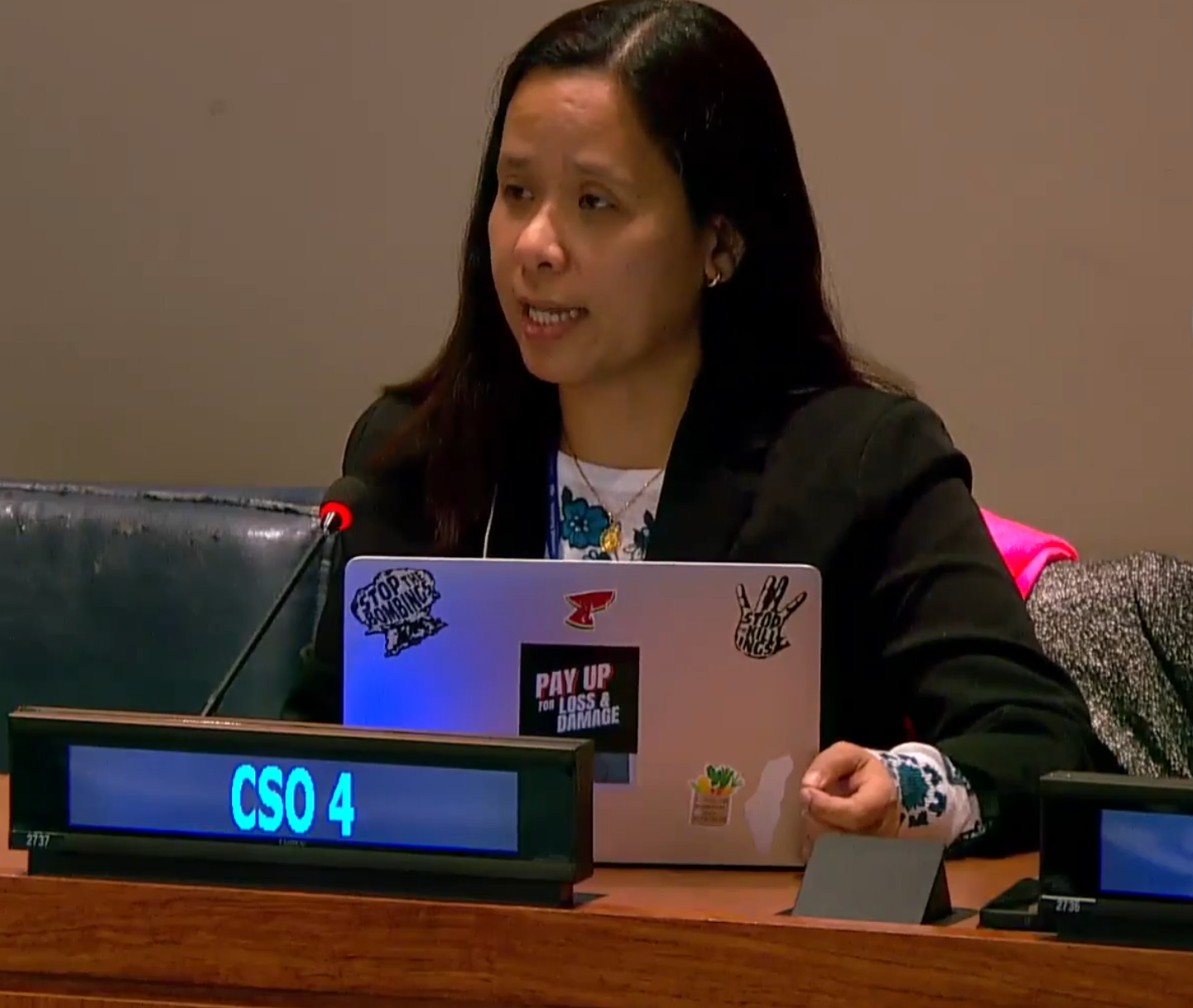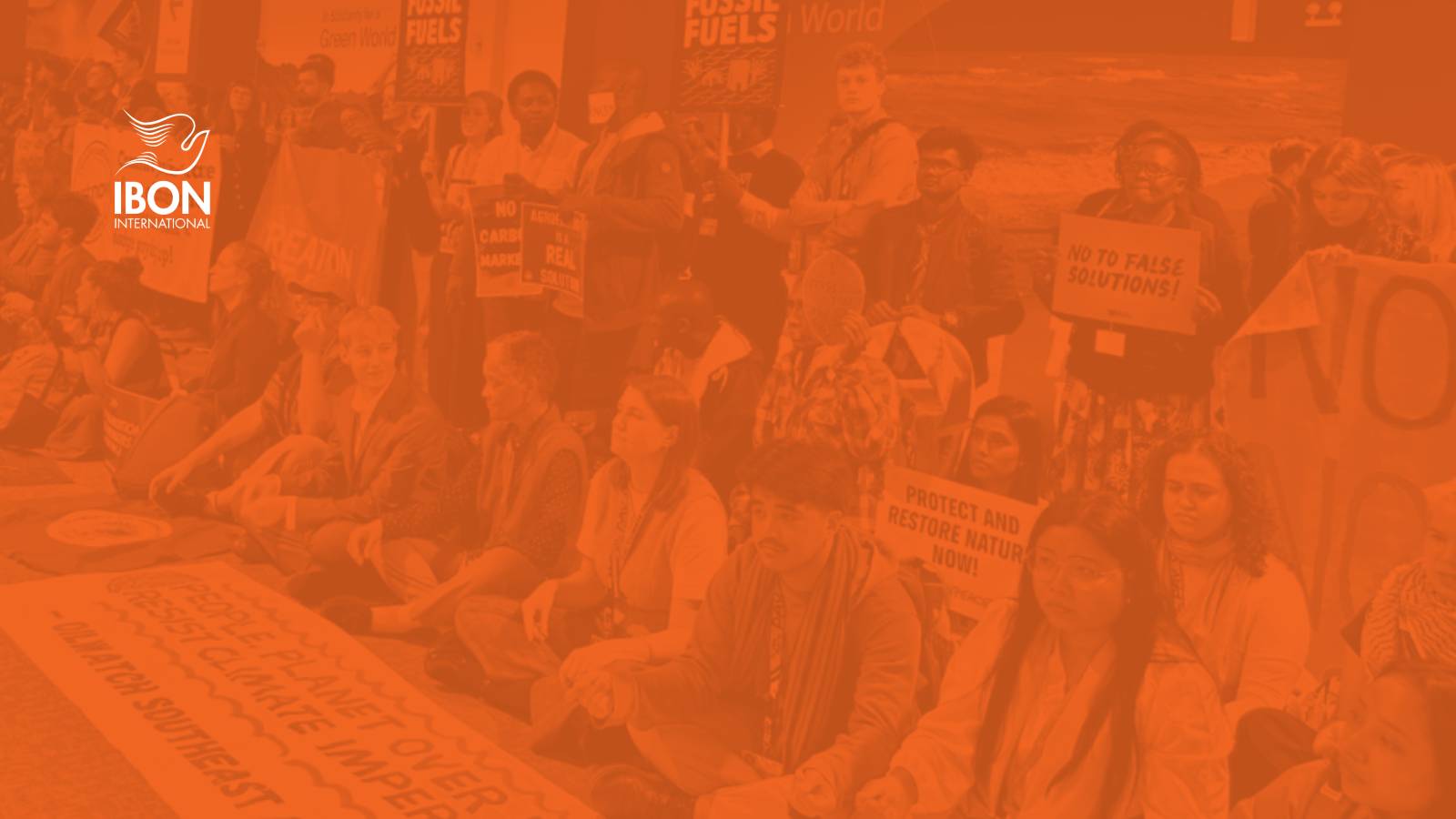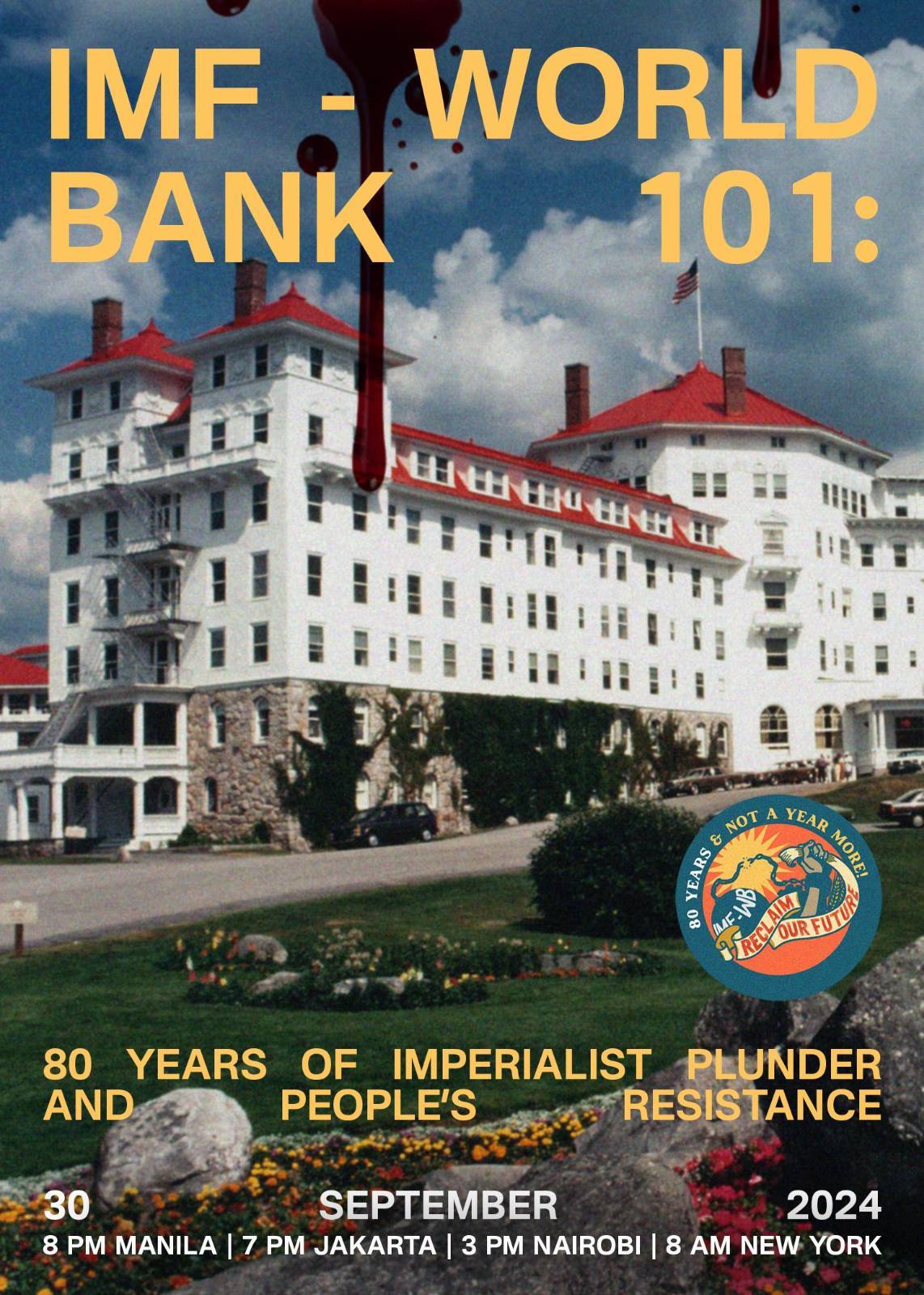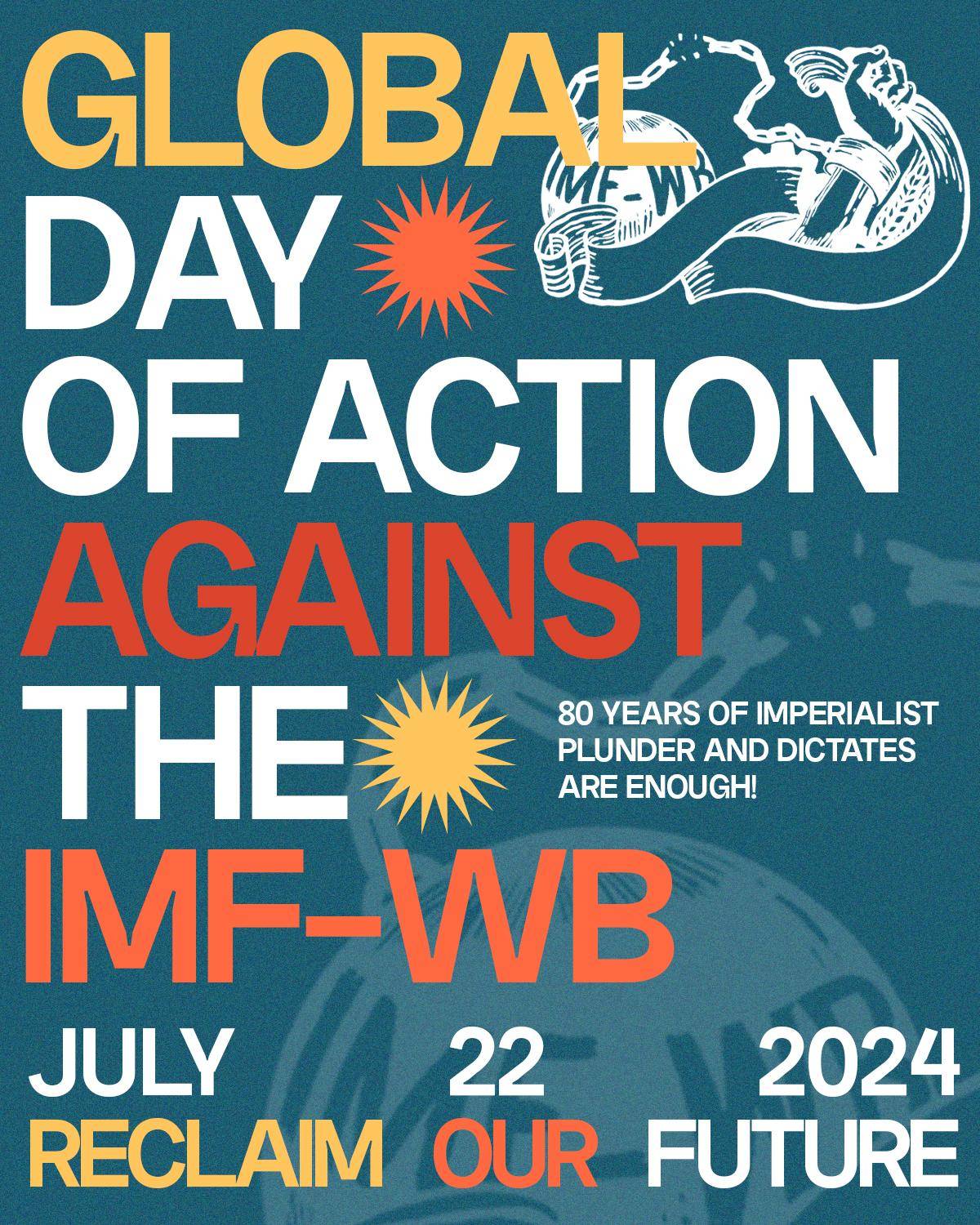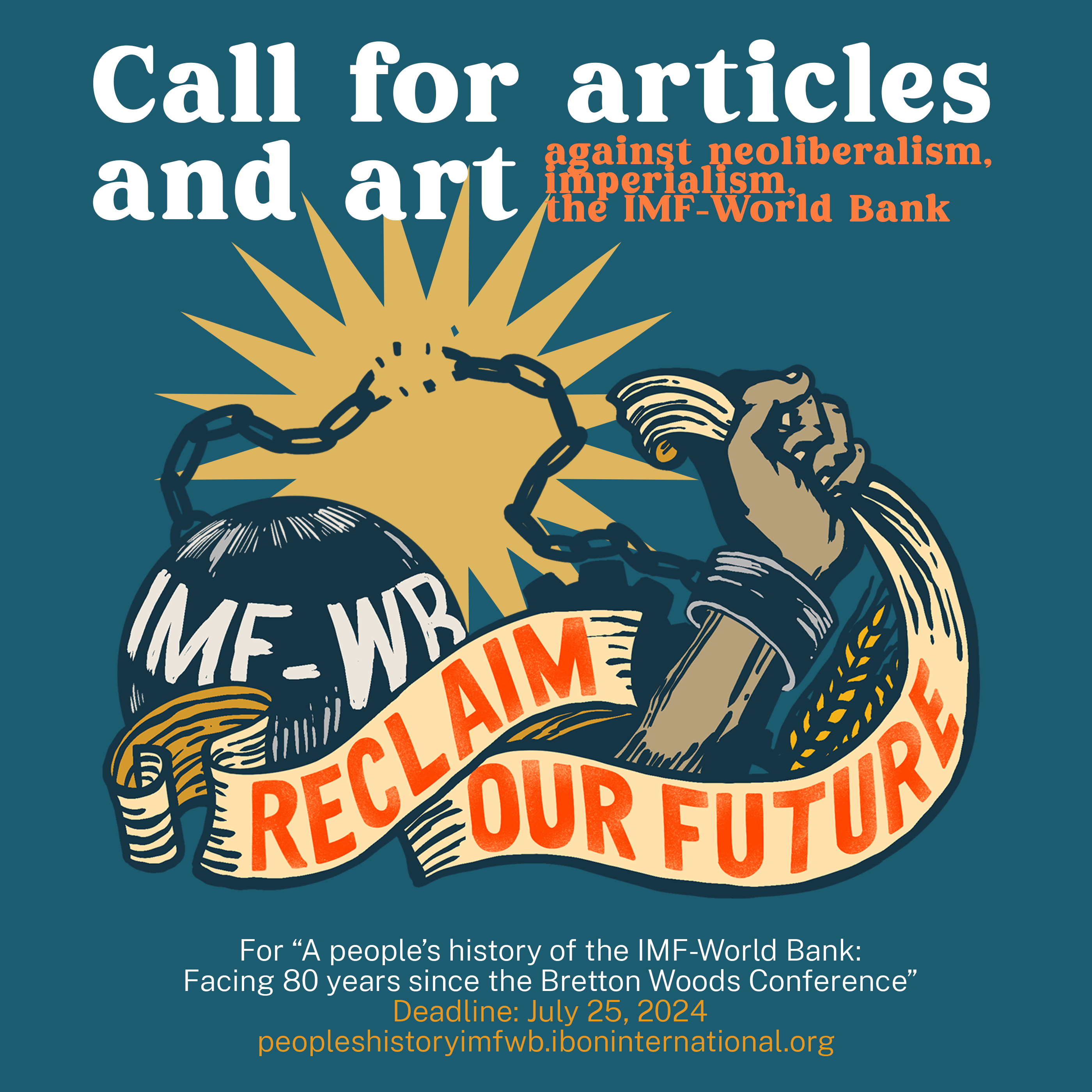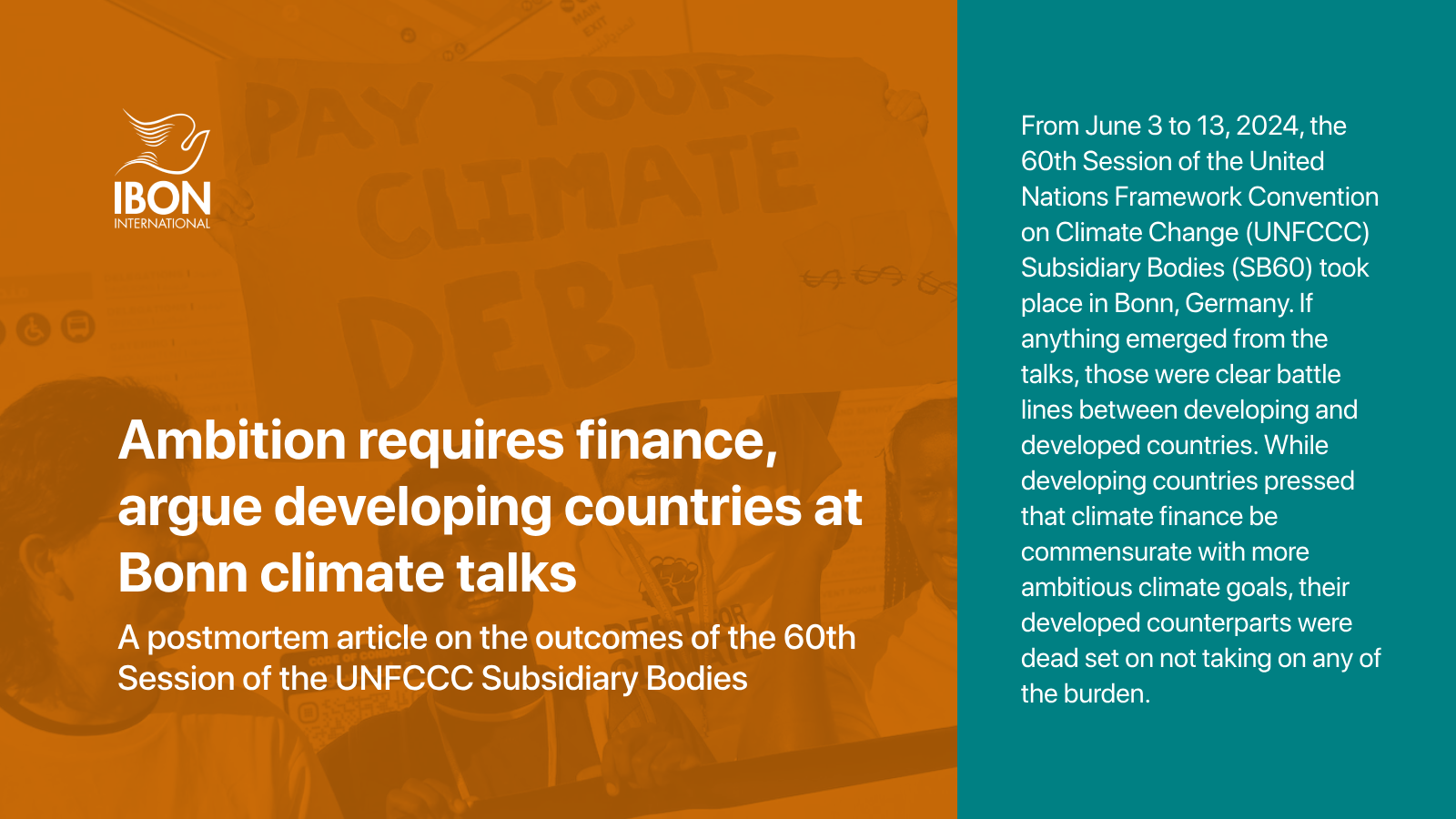IPEF Update No. 1
17 February 2023
Last week, trade ministers from participating countries meet in New Delhi, India for a special negotiating round of the Indo-Pacific Economic Framework for Prosperity (IPEF), the United States’ latest attempt at reclaiming its economic and geopolitical dominance over the Asia-Pacific region. Launched by the Biden administration in May 2022 as a response to the China-led Regional Comprehensive Economic Partnership (RCEP), IPEF includes Southeast Asia’s major economies,[1] India, Japan, South Korea, Australia, New Zealand, and Fiji. The proposed economic bloc represents around 40% of the world’s Gross Domestic Product (GDP).
The lessons of the Coronavirus pandemic and the ongoing Russian invasion of Ukraine have led the Biden administration to rethink the US’ trade policy. US Trade Representative (USTR) Katherine Tai on several occasions has pointed to the supply chain disruptions caused by these global events to argue for a shift towards a “less open” global trading system. In her remarks at the World Economic Forum in Davos, Switzerland last month, Tai compared this shift in US trade policy to buying health insurance. Specifically, she refers to the current impetus for “onshoring” or “friendshoring”. Instead of offshoring (the transfer of production activities abroad to take advantage of cheaper labour and other costs), onshoring and friendshoring refers to relocating production back home or in friendly countries. They may not be as efficient, Tai argued, but mitigating supply chain risks can prove to offer a “premium” against disruptions such as a global pandemic or war.
The US is trying to present IPEF as a rethinking of the aggressive trade liberalisation model it championed for the last four decades. At its core, however, IPEF appears to be mainly a geopolitical tool for the US to maintain its hegemony in the Asia-Pacific.
As such, IPEF as proposed by the Biden administration is not styled to be a traditional free trade agreement (FTA). Unlike traditional FTAs, increase in market access through tariff liberalisation or non-tariff measures is not one of the initiative’s aims. Instead, the framework aims to set standards around four negotiating pillars:
- Trade (including chapters on labour, the environment, digital economy, agriculture, good regulatory practices, competition policy, trade facilitation, inclusivity, and technical assistance and economic cooperation)
- Supply Chains
- Clean Economy (green energy and infrastructure, decarbonisation)
- Fair Economy (tax, anti-corruption)
Parties do not have to undertake negotiations in all of the pillars, as the IPEF follows a “menu-based” approach with each pillar comprising its own separate negotiating group. India, for example, currently opts out of Pillar I, but participates in other IPEF pillars. Except for a handful of texts on inclusivity, initial IPEF working drafts had their provenance in the office of the USTR and the US Commerce Department. The first round of negotiations began in Brisbane, Australia in December 2022, with the Parties to the framework committed to doing monthly rounds and concluding the negotiations by November 2023 in time for the Asia-Pacific Economic Cooperation (APEC) Summit. For the current round in New Delhi, only Pillars II to IV are being covered. Initial reports coming out from last week’s round indicate that negotiators are aiming to conclude talks for at least one IPEF pillar (reportedly Pillar II) by late May.
Worker-centric and inclusive?
The Biden administration claims to pursue a “worker-centric” and “inclusive” trade policy, with the acknowledgement that trade rules for the most part have worked against the rights of labour, women, and Indigenous Peoples. However, early in the IPEF talks, Big Tech, already the world’s most profitable companies, has set their sights on the framework’s digital economy provisions to cripple regulation of the industry and prevent societies from maintaining sovereignty over data crucial for public services and digital industrialisation strategies. Couched in the language of “digital trade,” Big Tech’s push for the free flow of cross-border data will lock in their current tax-free privileges and the extractivist model through which they collect data from farms, transportation systems, individuals, and communities across the global South.
For workers, digital trade rules can preclude effective regulation of digital technologies’ increasing use in the world of work. Challenges range from embedded biases in algorithms being used in hiring and in workplace management and surveillance to the promotion of precarious labour arrangements in the gig economy.
Early in the IPEF talks, Big Tech has set their sights on the framework’s digital economy provisions to cripple regulation of the industry and prevent societies from maintaining sovereignty over data crucial for public services and digital industrialisation strategies.
Critics point to a revolving door between Big Tech and the US Department of Commerce tasked to lead talks on Pillars II to IV. Key Commerce Department officials have been identified to have previously worked for companies such as Google, Amazon, and Facebook. In September 2022, an “upskilling initiative” for women and girls in IPEF countries was launched by the US Commerce Department and the USTR in partnership with 14 US Big Tech companies. This led to women and trade activists calling them out for pinkwashing the corporate capture of the IPEF agenda.
Another source of concern is the chapter on good regulatory practices under IPEF’s Pillar I (Trade). Following earlier models of neoliberal good governance criteria, the provision is likely to encroach on Parties’ regulatory space in favour of pro-corporate policies without regard for public interest. Similar to the Joint Statement Initiative on Services Domestic Regulation at the WTO, the chapter also provides for opportunities for comment by interested persons (foreign corporations) on proposed new or amended regulatory measures before their entry into force.
Lastly, the recent IPEF Ministerial Statement on Pillar III (Clean Economy) mentions the promotion of “carbon capture, utilization, transport, and storage across the region” (CCUS). A known false climate solution most favoured by big polluters, CCUS lets fossil fuel companies to bank on the promise of a technology that does not yet exist as intended while letting them continue emitting greenhouse gases.
With the neoliberal consensus on trade seemingly falling apart amid multiple crises, the US is trying to present IPEF as a rethinking of the aggressive trade liberalisation model it championed for the last four decades. At its core, however, IPEF appears to be mainly a geopolitical tool for the US to maintain its hegemony in the Asia-Pacific. US concerns over supply chains seem to stem largely from security interests in the region more than sustainability. Lastly, the US’ terrible track record of writing pro-corporate trade rules do not assure Asian workers, women, and communities that IPEF outcomes will live up to its claims of worker-centricity and inclusivity. #
[1] Brunei Darussalam, Indonesia, Malaysia, the Philippines, Singapore, Thailand, and Vietnam.


